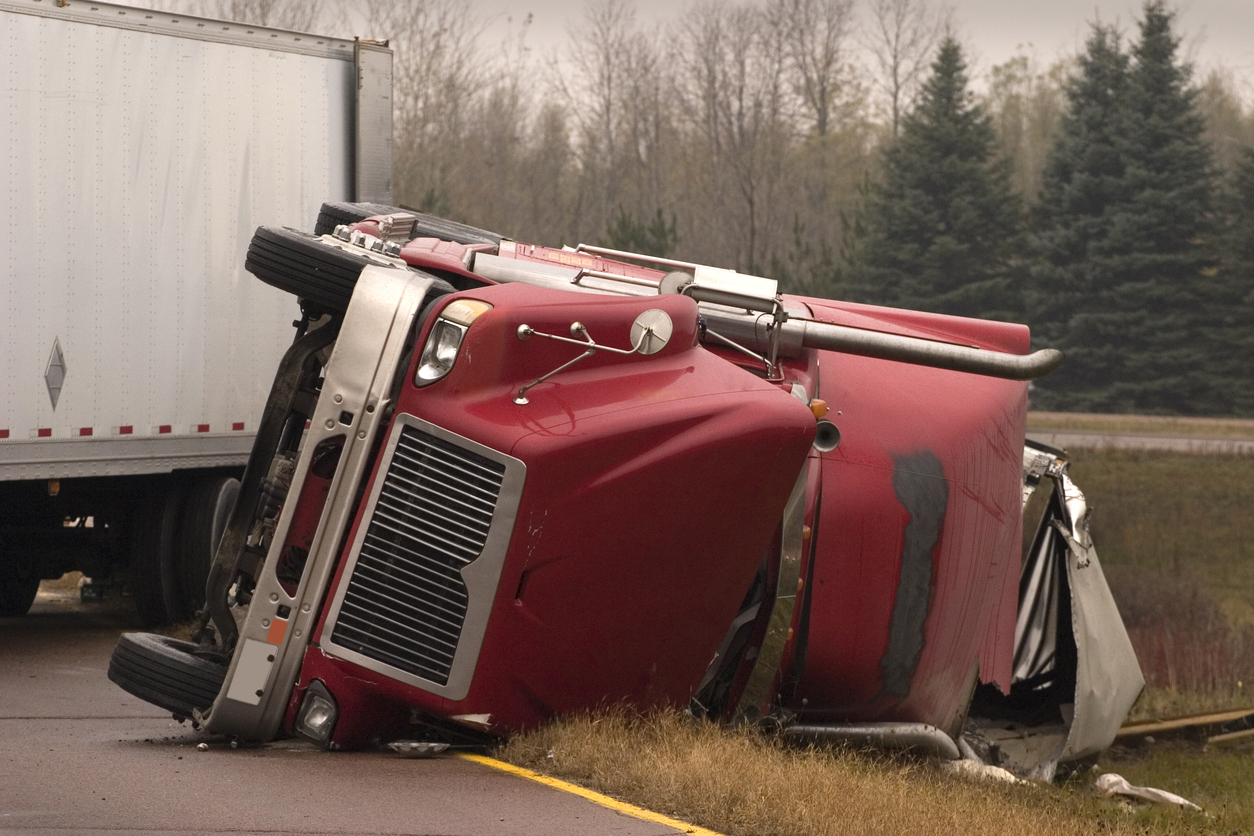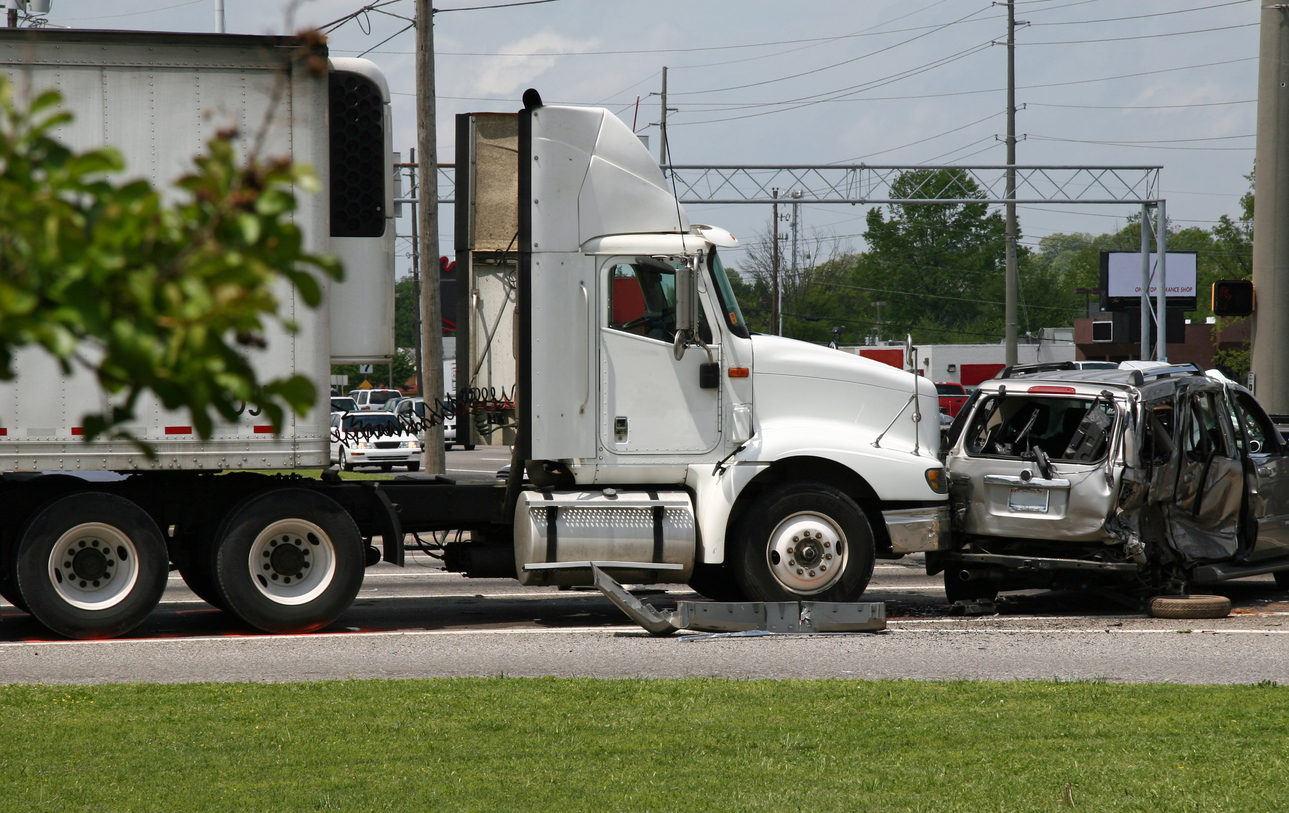
TRUCK ACCIDENTS ARE MUCH MORE EXPENSIVE THAN YOU THINK.
How to Determine the REAL Cost of an Accident
WHEN MOST PEOPLE THINK OF a motor vehicle accident, the direct costs resulting from that accident, such as vehicle repair or towing charges, are generally easy to quantify. However, the indirect costs associated with an accident are often overlooked. These indirect costs can take a tremendous toll in more ways than you might think.
Consider this hypothetical situation: Your vehicle is involved in a crash that causes it to be towed. Your passengers sustain only a few minor injuries, however, the other motorist’s automobile is totaled and the occupants suffer serious injuries.
The investigation by authorities attributes the cause of the accident to driver fatigue and YOU are found to be at fault and legally “liable” for the accident! Using the scenario presented here, let’s take a look at the impact that an accident of this magnitude can have on you and your operation.
Direct Costs of an Accident
Direct costs can usually be placed into two categories – third party loss and first party loss.
In our example, third party losses would be incurred by people other than you.
First party losses refer to your losses and would include damage to your vehicle and towing expenses.
Third party and first party losses will vary depending on the particular accident. It is important to keep in mind, however, that future medical expenses, including a lifetime of care for the injury, could be claimed. This is particularly true in cases of serious or severe injuries.
While direct costs can, and often do, add up and must be considered, we must look beyond these figures to evaluate the REAL cost of the accident.
Indirect Costs of an Accident
While some indirect costs are easy to assign a dollar amount once they are identified, others may be more difficult to assess. Let’s examine the indirect costs that could be associated with our scenario:
• Fines and Penalties – In a typical vehicular accident, one party will be cited for a traffic violation(s) in connection with an accident. In this case, you are that party. Because you are operating under Federal Motor Carrier Safety Regulations (not applicable to Vanpool operations), the accident may result in fines and penalties levied by the Department of Transportation.
• Accident Investigation and Legal Proceedings – Accident investigation often involves research and many man hours, all of which add to an accident’s indirect costs. To help with the legal aspect of the accident, you may be off the road and instead spending time gathering records, information and assisting insurance company representatives, as well as your defense counsel. Furthermore, while your insurance policy will typically cover the cost of claims made against you, including legal fees for injury and property damage claims, it does not pay for expenses related to your criminal defense for violations of motor vehicle laws or regulations.
• Loss of Revenue – Because you may need to attend to certain aspects of your legal case and/or your vehicle will need to be repaired, the vehicle will sit idle, decreasing your efficiency and productivity. Trips may have to be canceled. These situations could result in a loss of revenue that is not recoverable under any typical insurance policy.
• On-Going Expenses – Expenses such as fuel taxes, vehicle payments and permit fees must continue to be paid while the vehicle is not in operation.
• Image – Depending on its severity, an accident could make the local news and, because of the media’s attraction to accidents, coverage could extend regionally or nationally. This type of publicity could have a negative impact on your reputation, the potential for future income and even affect the transportation industry as a whole. Commercial vehicle operators should also note that many accidents will be recorded in your Compliance, Safety, Accountability (CSA)/Safety Measurement System (SMS) profile, which may be viewed by customers and potential customers. It is essential that you review your profile on a monthly basis and challenge any incorrect information using the DataQ process. The time and effort put into the DataQ process adds to the indirect cost of the accident.
• Insurance Premium Costs – As a result of the accident, insurance premiums would increase in all lines of coverage. You may even have a difficult time retaining insurance coverage.
• Punitive Damages – Where the defendant’s conduct is found to be intentional, willful or malicious, the courts may permit an award of punitive damages in addition to compensatory damages. Punitive damages are intended to punish the defendant and to discourage the conduct of the type in which the defendant engaged. Normally, punitive damages are excluded from a company’s insurance policy. This would mean money directly out of your pocket.
Conclusion
Although the scenario presented above is fictitious, you have likely concluded by now that the REAL cost of an accident is nearly impossible to determine. In fact, many of the factors we have presented here cannot actually be assigned a dollar figure. Indirect costs will vary in each situation and the total figures will be based upon the individual accident. What we do know is that any accident will certainly take a toll on you and your operation. In the final analysis, it all comes back to attitude. Safety is one intangible objective that can produce tangible results for you now and in the future.


